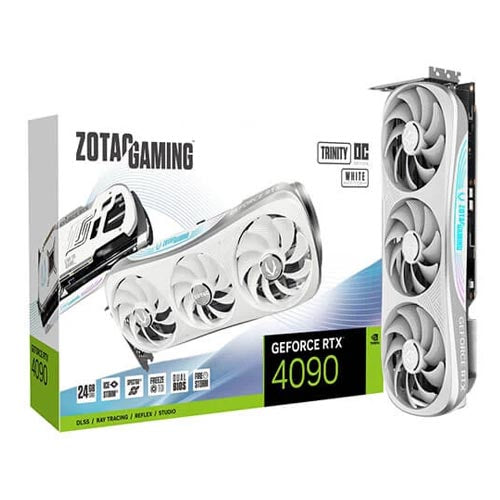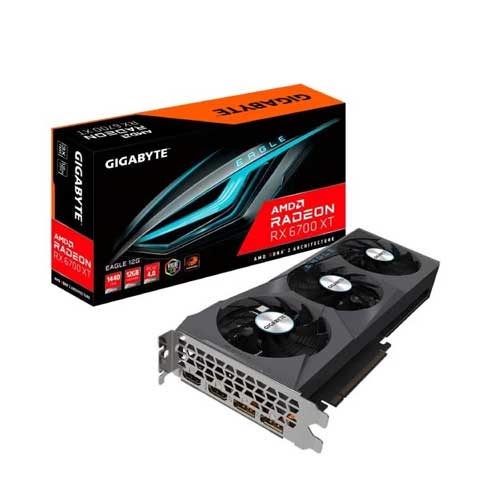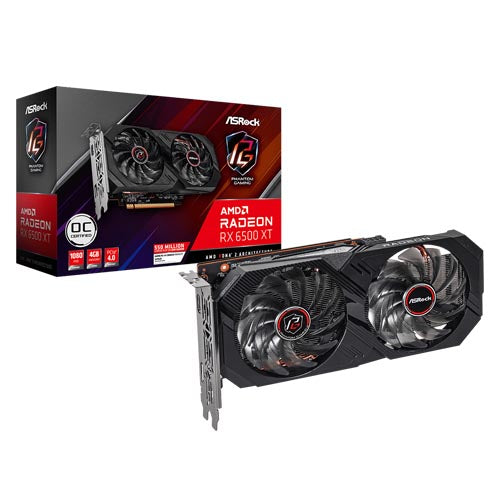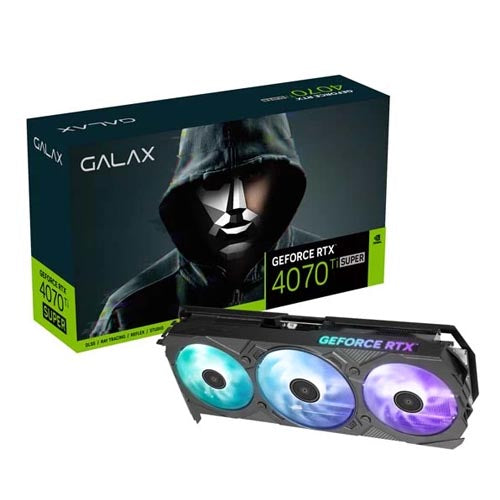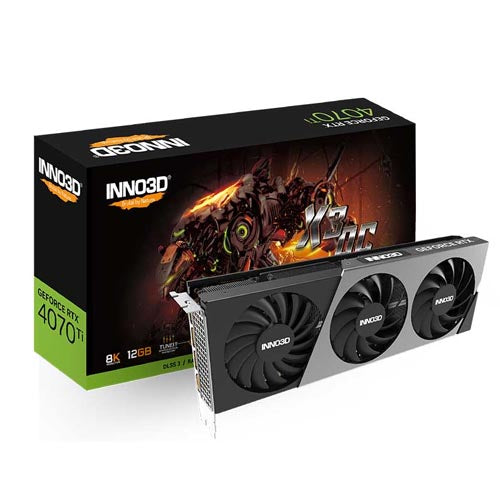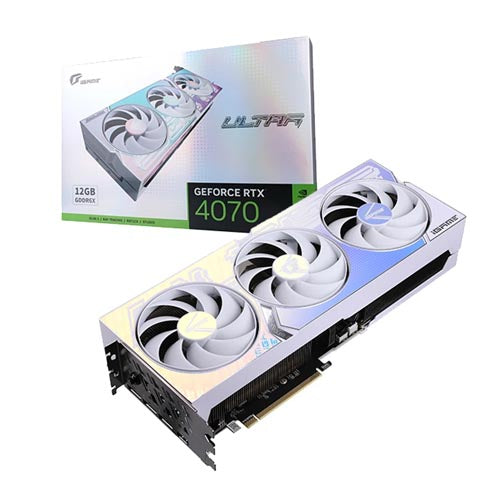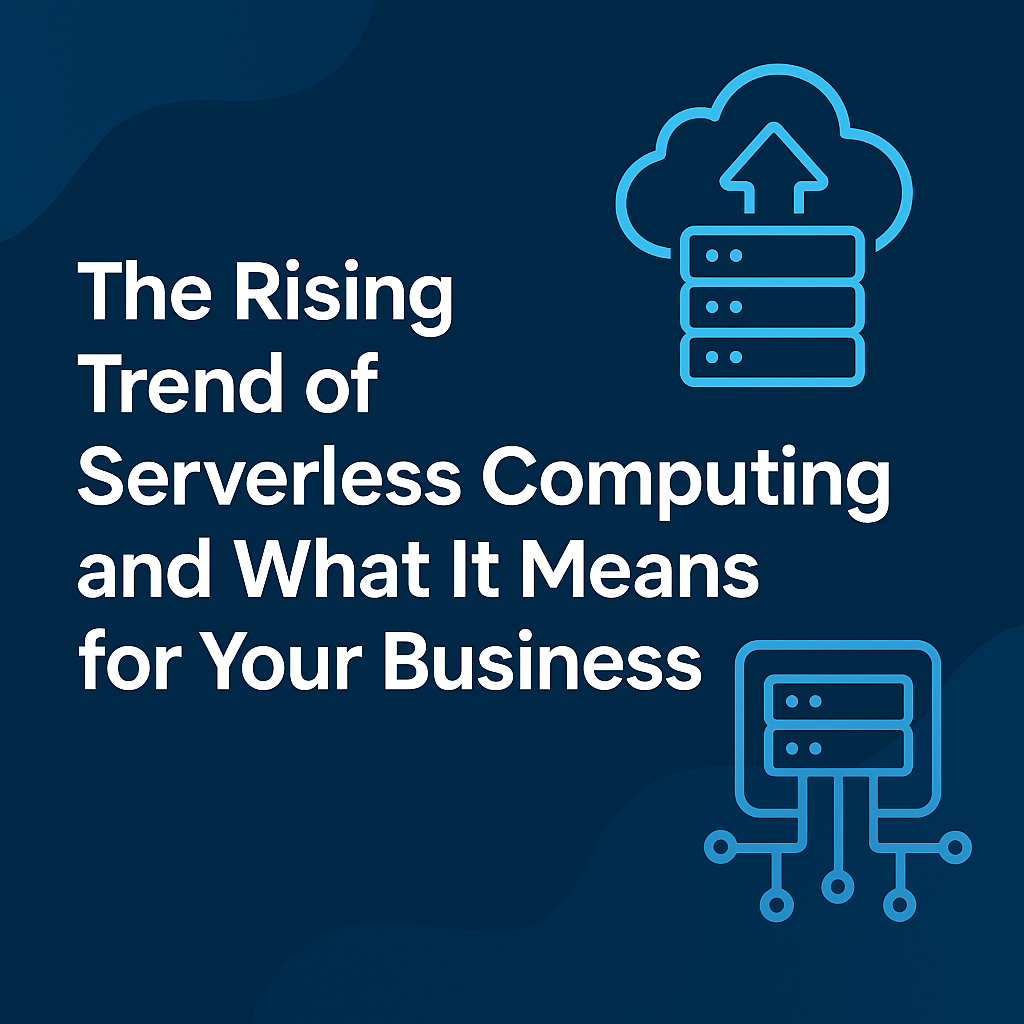Why Server Maintenance Is Critical
In today’s digital ecosystem, servers power everything—from websites and cloud apps to AI workloads and enterprise operations. These systems are designed for high availability and performance, but without regular and thorough maintenance, they can quickly become unreliable, insecure, or inefficient.
Server maintenance is not just about fixing issues—it’s about preventing them. This blog provides a detailed guide to best practices that every system administrator, DevOps engineer, or IT manager should follow to ensure peak performance, maximum uptime, and long-term reliability of their server infrastructure.
1. Perform Regular Software Updates
Outdated software is one of the biggest vulnerabilities in any system. Ensuring your servers are always running the latest version of their operating system, firmware, and applications is critical for both performance and security.
-
-
OS Patches: Regular updates close security holes and improve stability.
-
Firmware/BIOS: Updating firmware ensures compatibility with modern hardware and fixes bugs.
-
Dependencies & Libraries: Use package managers like
apt,yum, orpipto update runtime environments and application components.
-
Automate these updates where possible using tools like Ansible, WSUS, or Linux’s unattended-upgrades

2. Monitor Disk Usage & Clean Temporary Files
Insufficient disk space can lead to system crashes, sluggish behavior, or failed processes.
-
-
Use
df -hto check free space anddu -sh *orncduto identify large files. -
Clean directories such as
/var/log/,/tmp, and/cache/that accumulate files over time. -
Set up cron jobs or shell scripts to clean backups or archive logs.
-
Proactive storage monitoring prevents IO bottlenecks and improves system responsiveness.
3. Backup Everything — Regularly
Backups are your insurance policy. They ensure data recovery in the event of accidental deletion, hardware failure, or cyberattacks.
Follow the 3-2-1 rule:
-
-
3 copies of your data
-
2 different types of storage media
-
1 off-site or cloud-based backup
-
Use tools like Veeam, BorgBackup, or AWS S3 with encryption. Most importantly, test your restores monthly—backups are useless if they can’t be restored reliably.
4. Set Up Continuous Performance Monitoring
Performance issues often start small and become visible only when it’s too late.
Track these server metrics:
-
-
CPU Load: Detects excessive processing.
-
Memory Usage: Indicates leaks or overconsumption.
-
Disk I/O: Measures how fast your server reads/writes data.
-
Network Throughput: Helps identify latency and DDOS patterns.
-
Tools like Prometheus + Grafana, Netdata, or Zabbix provide dashboards and real-time alerts to catch anomalies early.
5. Strengthen Security Posture
Security breaches can cripple server performance or expose sensitive data.
Daily & Weekly Tasks:
-
-
Rotate SSH keys, disable root logins, and enforce strong passwords.
-
Run firewalls (
UFW,iptables, or cloud-level firewalls). -
Scan with tools like Lynis, ClamAV, and chkrootkit.
-
Quarterly Practices:
-
-
Perform CIS Benchmark assessments.
-
Audit users and permissions.
-
Rotate admin credentials and remove unused accounts.
-
Proactive security ensures your server performance remains uninterrupted by external threats.
6. Maintain Hardware Health (for Physical Servers)
If you're using on-premise physical servers, inspect the hardware regularly to avoid failure.
-
-
Dust Cleaning: Prevents overheating.
-
Fan Health: Check for unusual noise or RPM fluctuations.
-
PSU Testing: Use a multimeter or PSU tester for voltage checks.
-
Thermal Paste Renewal: Reapply every 2–3 years for CPU cooling efficiency.
-
RAID Monitoring: Use
MegaCLI,storcli, or your controller’s dashboard.
-
Log all inspections in a maintenance calendar to track patterns and anticipate replacements.
7. Update & Rotate Logs
Logs are essential for auditing and debugging, but unmanaged logs can fill up disks and reduce performance.
-
-
Logrotate: Automatically compress, archive, and delete old logs.
-
Centralized Logging: Tools like ELK Stack (Elasticsearch, Logstash, Kibana) or Graylog help analyze logs efficiently.
-
Log Encryption: Secure logs with encryption for compliance and protection.
-
Clean logging practices also help in performance tuning and forensic investigations.
8. Optimize System Resources
Tuning your system’s internal configuration is key to performance.
-
-
Adjust
vm.swappinessto reduce dependency on swap memory. -
Use
systemctlto disable non-essential services and daemons. -
RedHat-based systems can use
tunedprofiles:
-
sudo tuned-adm profile throughput-performance-
-
Use tools like
htop,iotop, ornmonto observe CPU and disk usage live.
-
These tweaks optimize how your system uses its available resources.
9. Document Everything
Comprehensive documentation prevents confusion, onboarding delays, and misconfigurations.
Maintain up-to-date documentation that includes:
-
-
Server specs and locations
-
OS and application versions
-
User credentials (stored securely)
-
IP and port maps
-
Backup procedures and incident response plans
-

Tools like Wiki.js, Notion, or Git repositories help centralize your documentation for team access.
10. Automate Routine Tasks
Automation reduces human error and frees up time for higher-value tasks.
Common automation tools:
-
-
Ansible: Server provisioning, patching, user management
-
Terraform: Cloud infrastructure as code
-
Cron jobs: Scheduling backups, log rotation, disk checks
-
Example:
0 3 * * * /usr/bin/apt update && /usr/bin/apt upgrade -y
This automation ensures consistency across environments and improves uptime.
Example Maintenance Schedule Template (Monthly)
Conclusion: Maintenance Builds Resilience
Server maintenance is not just a task—it’s an ongoing responsibility that directly impacts your organization’s performance, availability, and security posture.
When executed with precision, maintenance practices help:
-
-
🧠 Prevent latency, overloads, and outages.
-
🔐 Harden infrastructure against evolving cyber threats.
-
💰 Reduce long-term costs from hardware replacements or emergency downtime.
-
Whether your infrastructure is on-premises or cloud-native, adopting these best practices ensures your systems remain robust, scalable, and future-ready.
“A healthy server is a silent server—quiet, consistent, and dependable.”
